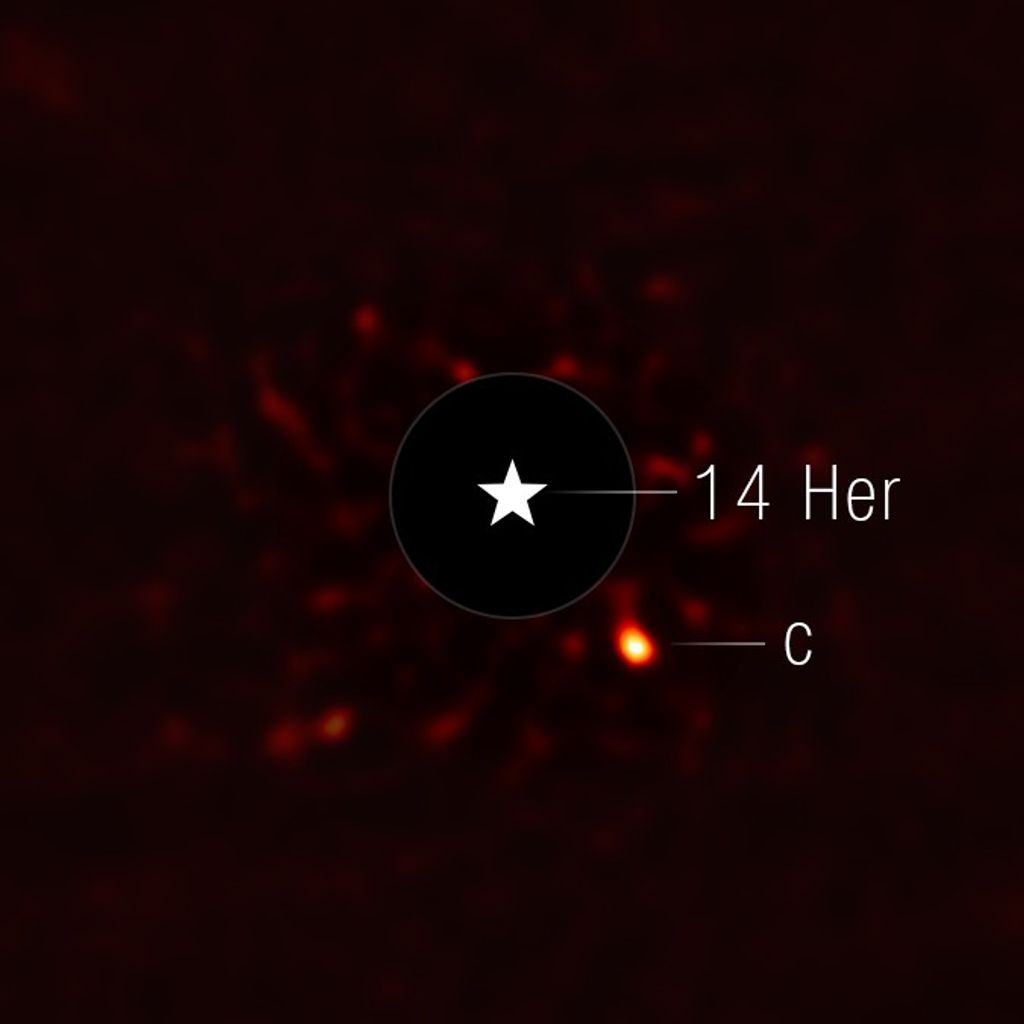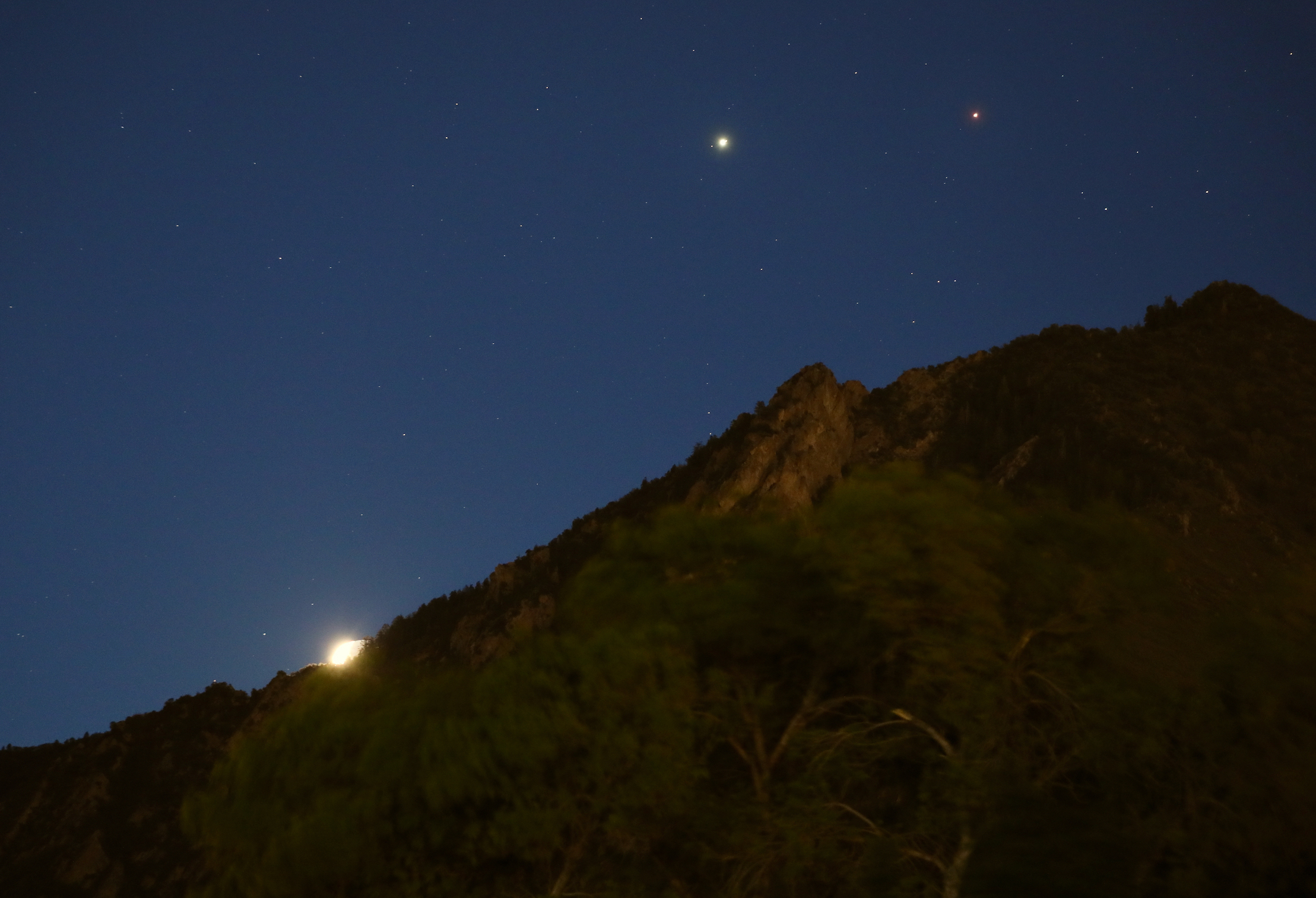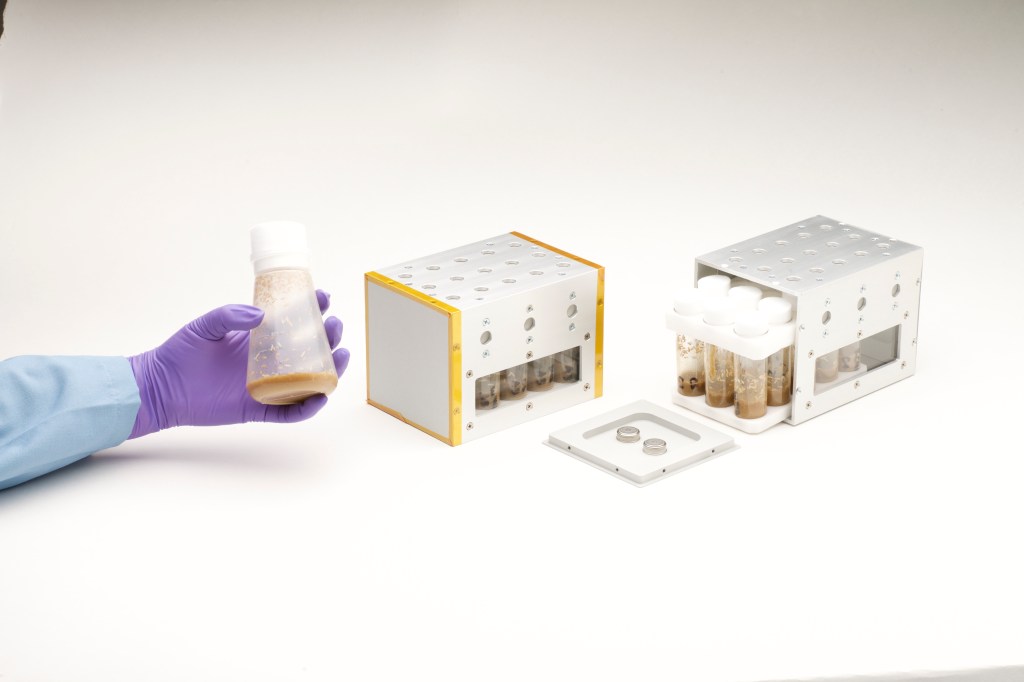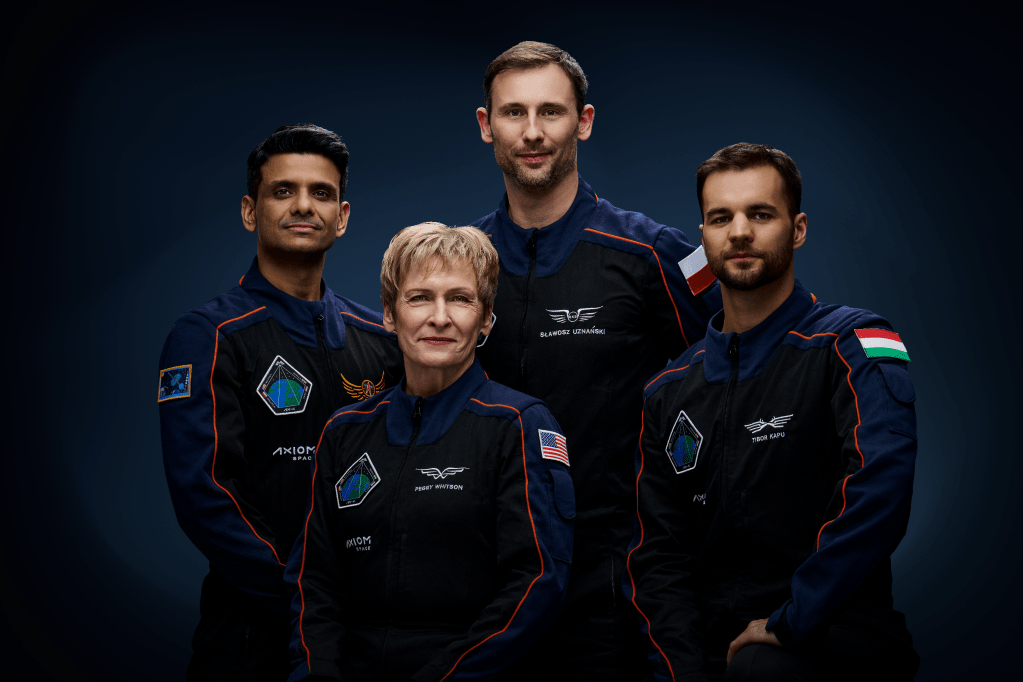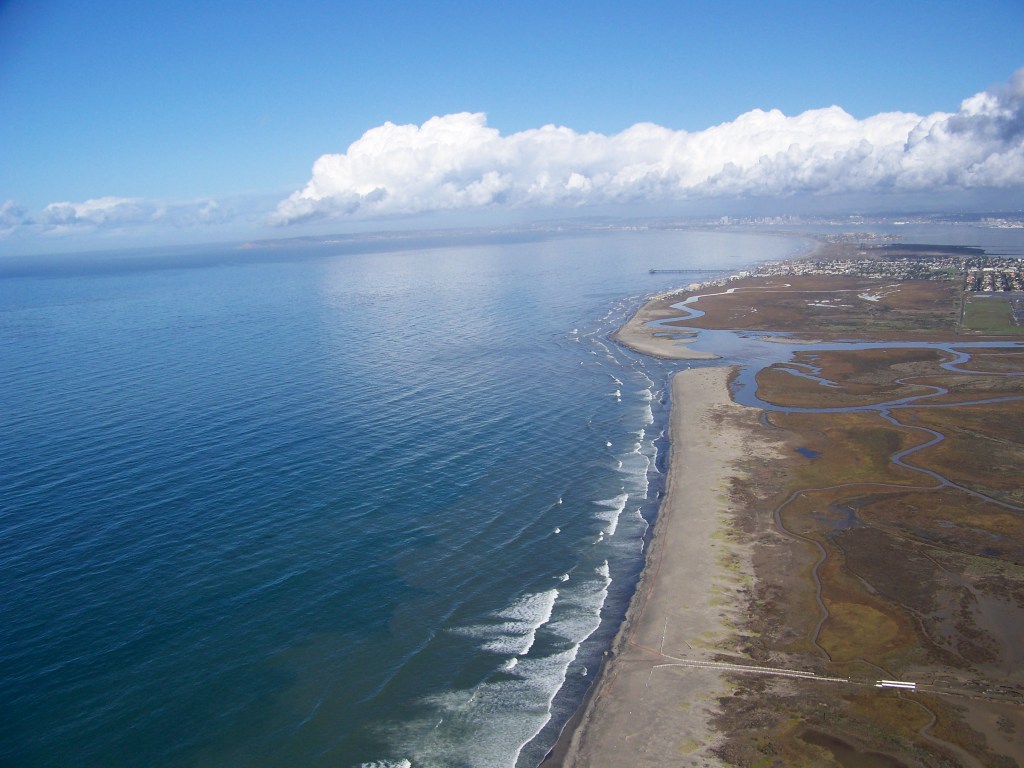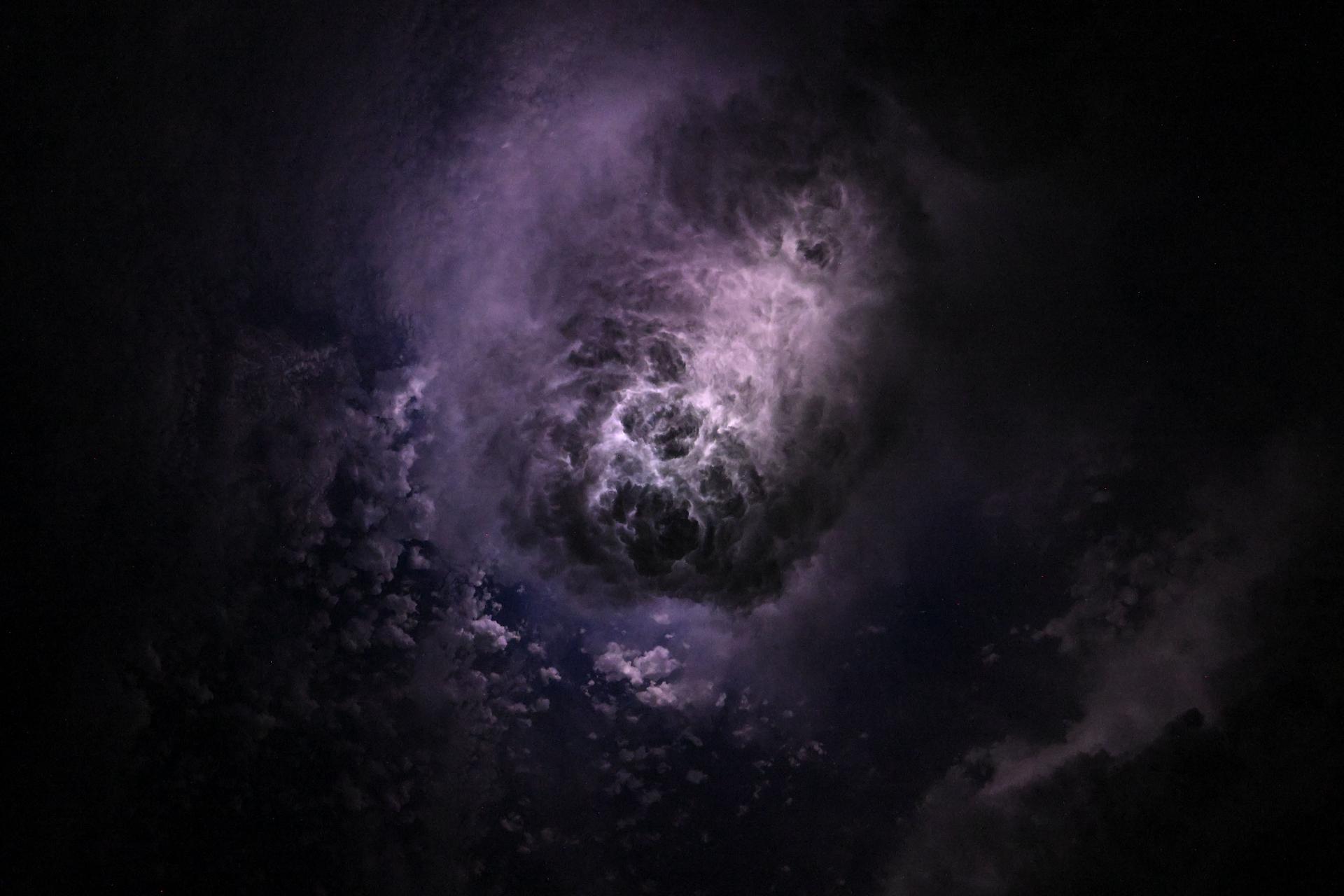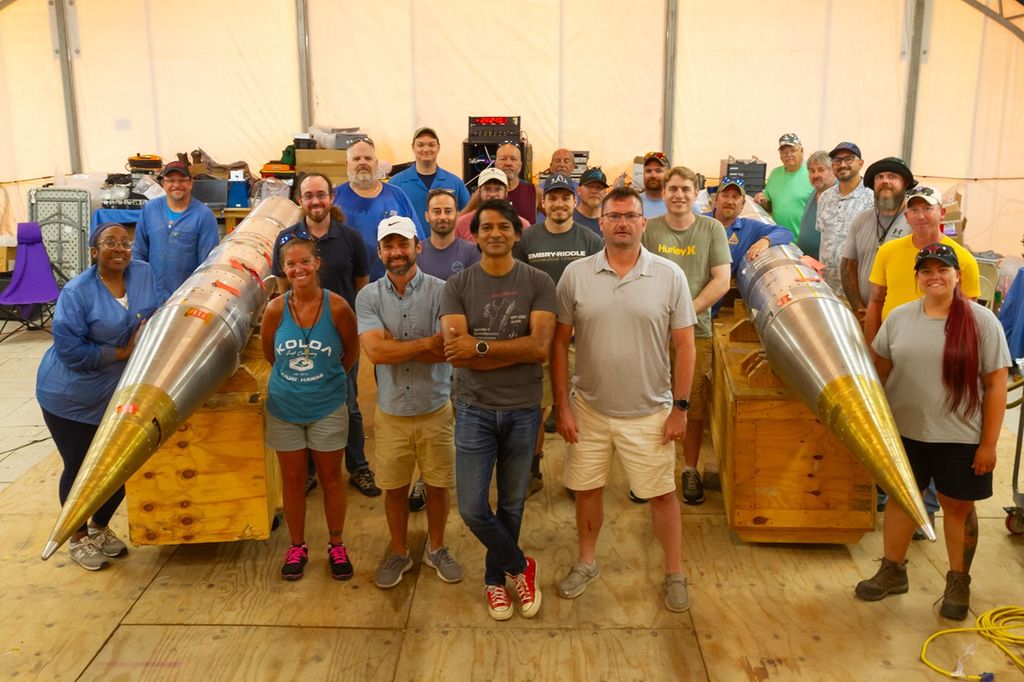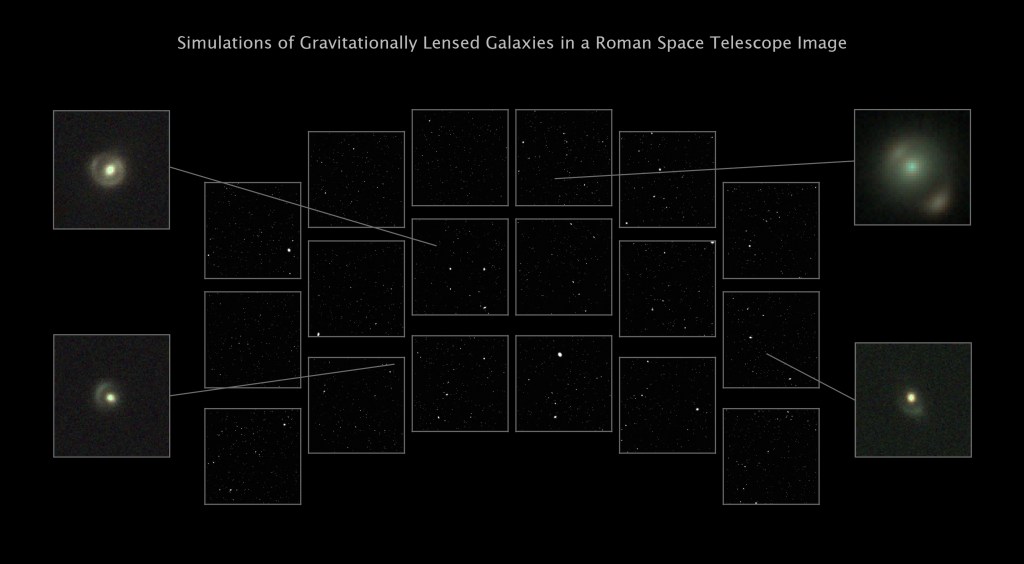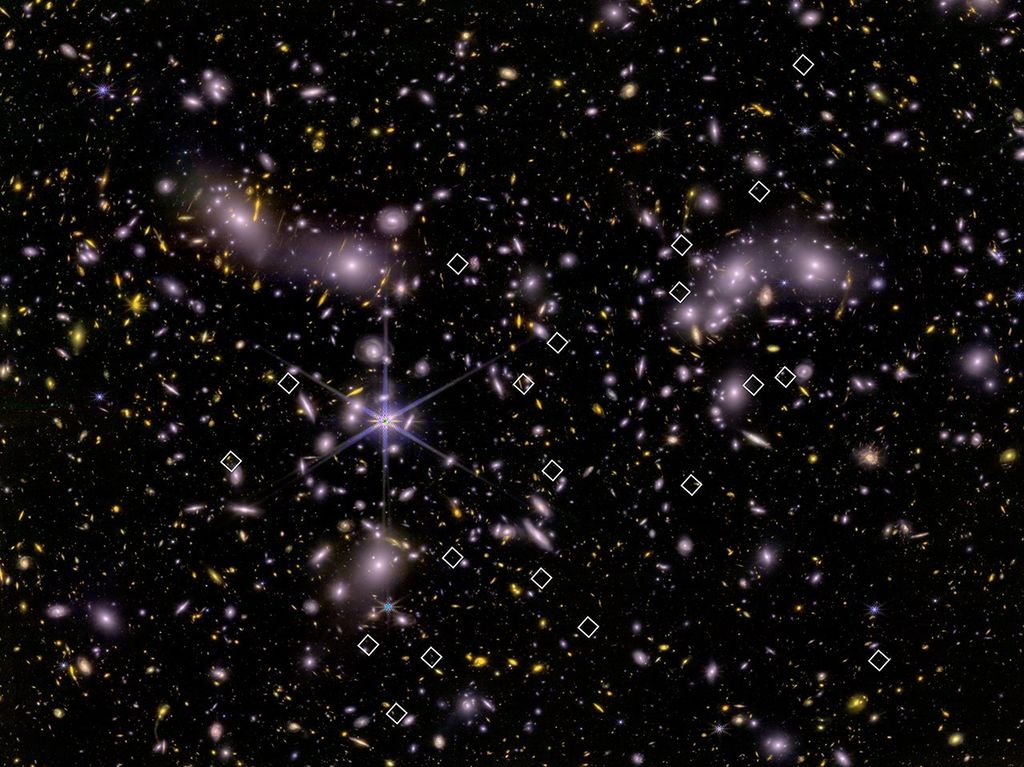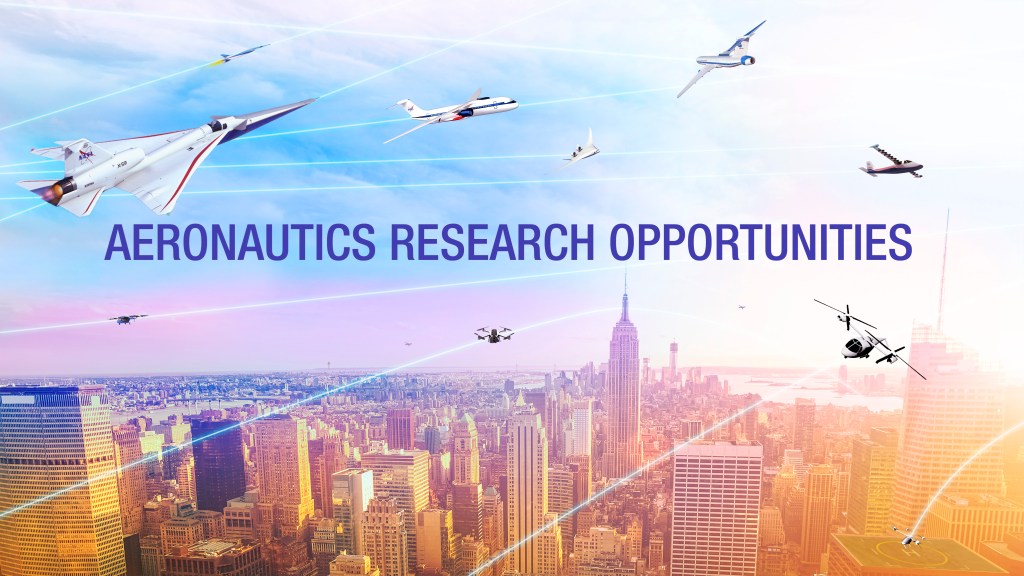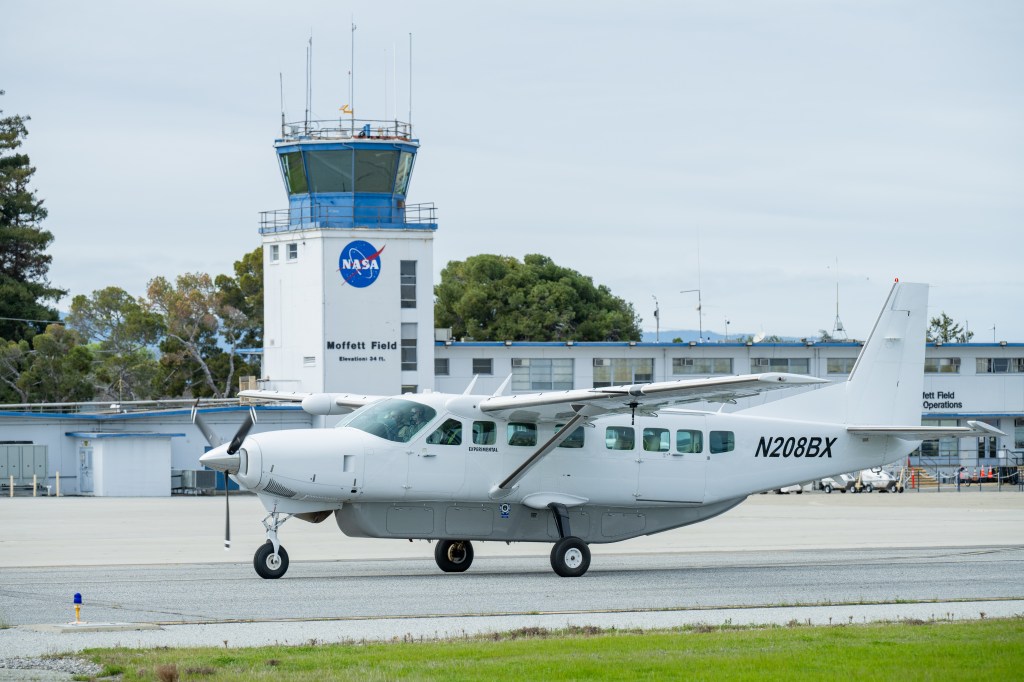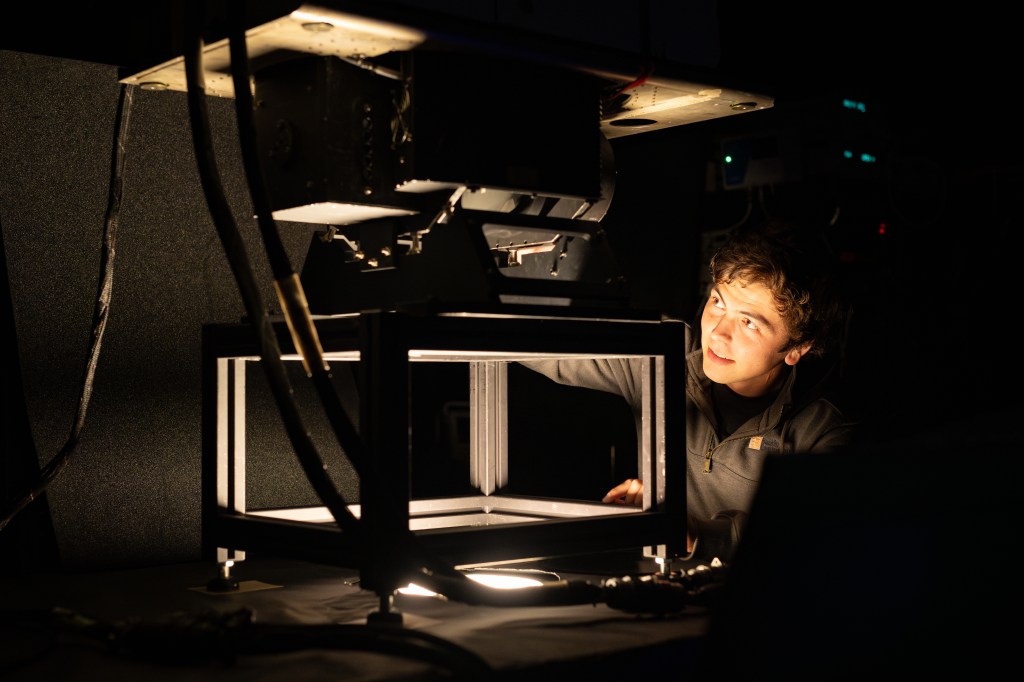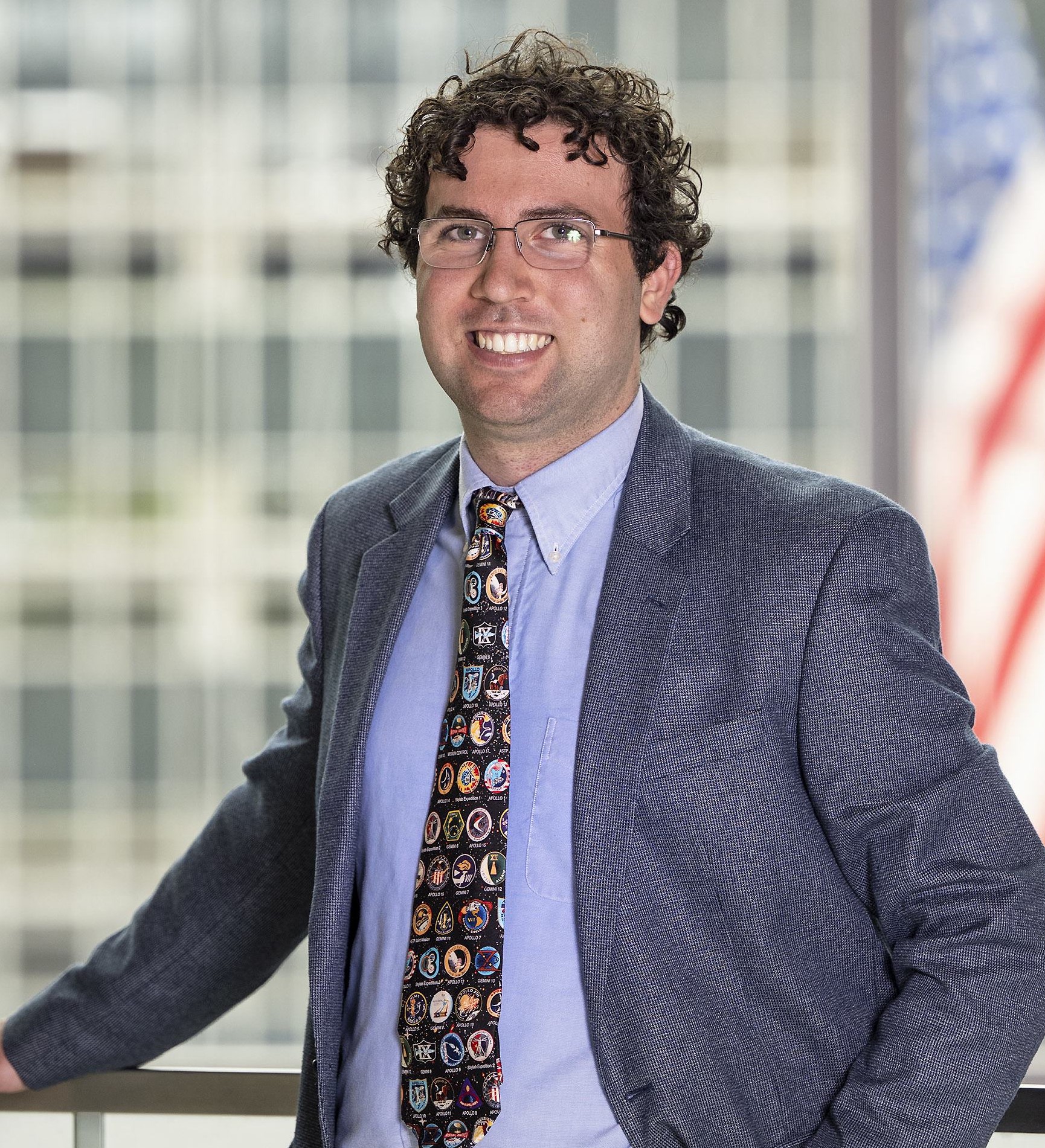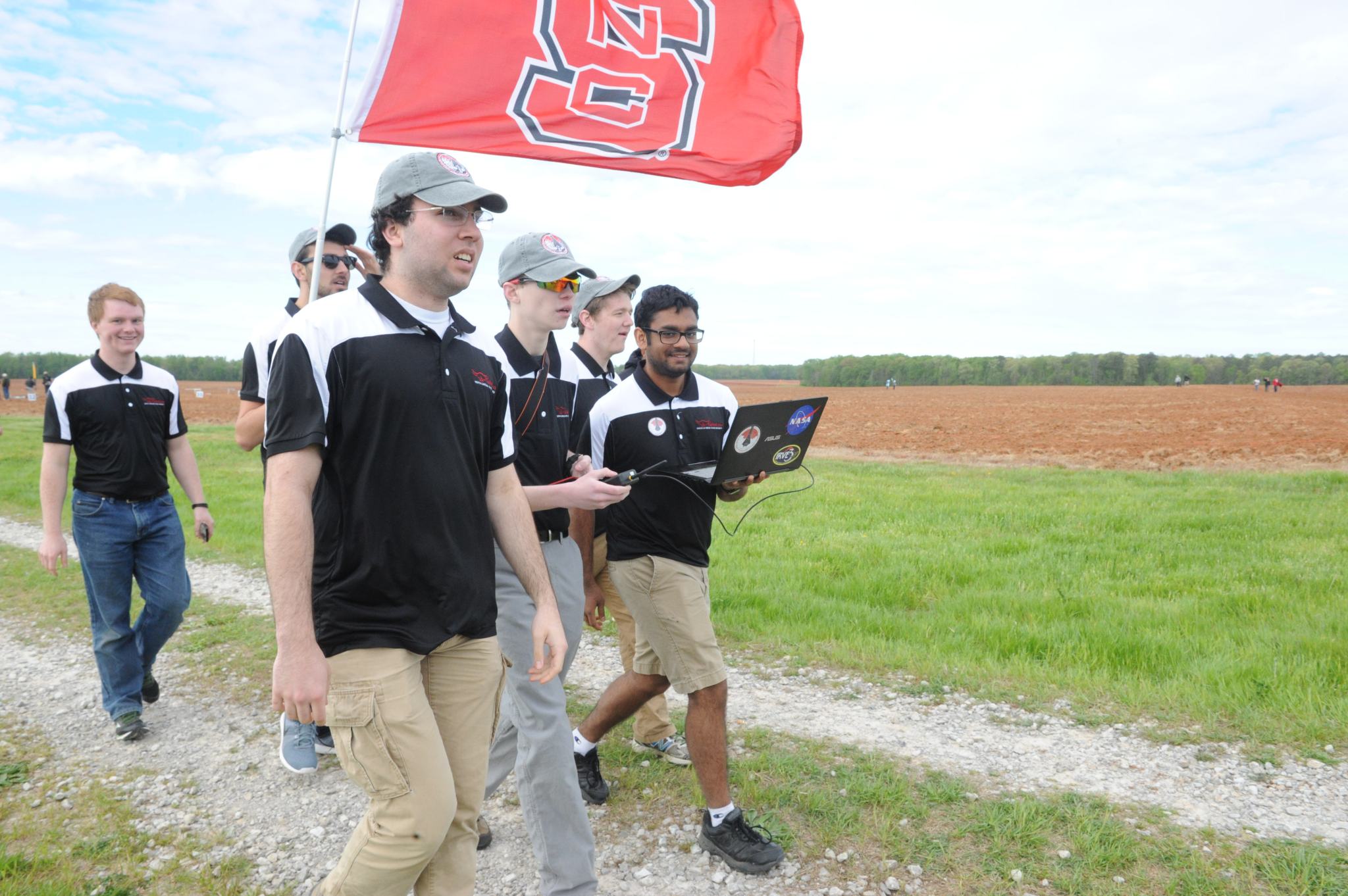By Lane Figueroa
NASA’s Student Launch rocket competition can provide participants with the knowledge and connections necessary to pursue careers in the aerospace industry. This rings true for John Inness, former student turned NASA engineer.
Inness applied his six years of experience competing in Student Launch toward becoming a full-time employee at NASA’s Marshall Space Flight Center in Huntsville, Alabama. He currently works as a Guidance, Navigation, and Controls (GNC) engineer, supporting many NASA projects such as the Space Launch System (SLS) rocket, Solar Cruiser, Smartphone Video Guidance Sensor, and more.
Inness recalls many benefits of Student Launch – which challenges middle, high, and college/university students to design, build, and fly high-powered amateur rockets and scientific payloads to an altitude between 4,000 and 6,000 feet and then safely return to Earth.
“Year after year, Student Launch provided our team with opportunities to network with and learn from NASA experts,” Inness said. “Through webinars, presentations, and hands-on experiences, I always left feeling better prepared for academic and professional endeavors.”
Inness, an alumnus of North Carolina State University, in Raleigh, says one important benefit was the competition’s focus on NASA’s engineering design cycle. “We presented our plans to a team of NASA engineers during the Preliminary Design Review, the Critical Design Review, and many other milestones to better understand our rocket’s systems,” Inness said. “Not only do these reviews ensure positive results on launch day, but they also mirror NASA’s current methods to design and build spacecraft.”
In addition to forming connections with NASA engineers and leaders, the advanced requirements of Student Launch helped steer Inness toward his current career supporting the Artemis Program.
Through Artemis, NASA will explore the lunar surface deeper than ever before, while also landing the first woman and person of color on the Moon. Inness develops components for the SLS rocket, the launch vehicle for the Artemis missions, including comparing models of the GNS design to real world testing, conducting analysis on controllability of future SLS configurations, and testing the Flight Termination System battery.
Since his days as a student, Inness has now come full circle. He volunteers to support Student Launch as a tour guide, a milestone reviewer, and assists with launch day activities. His story provides evidence of the mutual benefits gained by both student competitors and the aerospace industry.
“My time in Student Launch helped develop the skills, connections, and drive needed to secure a job with NASA,” said Inness. “This is also true for several of my teammates and friends throughout the years, many now working in the aerospace industry.”
Student Launch is part of NASA’s Artemis Student Challenges, which aims to equip the future workforce with the knowledge and skills needed to support Artemis missions. NASA’s Southeast Regional Office of STEM Engagement manages Student Launch with Marshall serving as the host center. NASA’s Space Operations and Exploration Systems Development mission directorates, along with Northrop Grumman and the Huntsville chapter of the National Space Club, provide funding and leadership for the initiative.
NASA has announced the 69 teams from 25 states and Puerto Rico competing in the 2023 season of Student Launch. This year’s challenge concludes with an on-site launch event at Bragg Farms in Toney, Alabama, April 13-15, 2023. For more information on Student Launch please visit:

